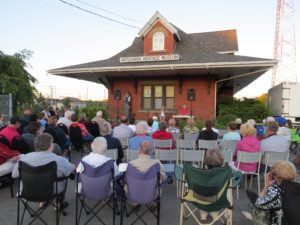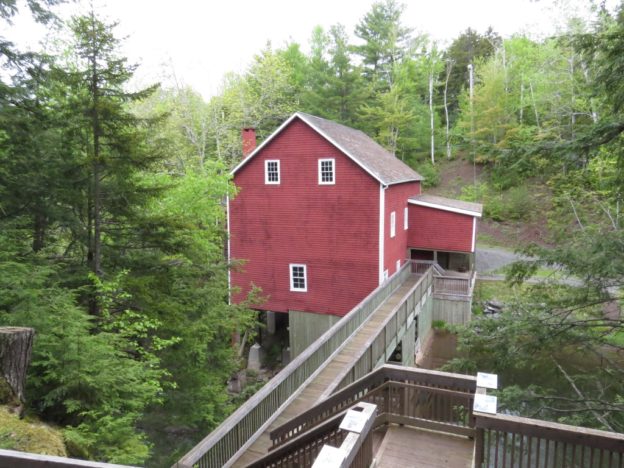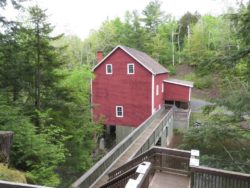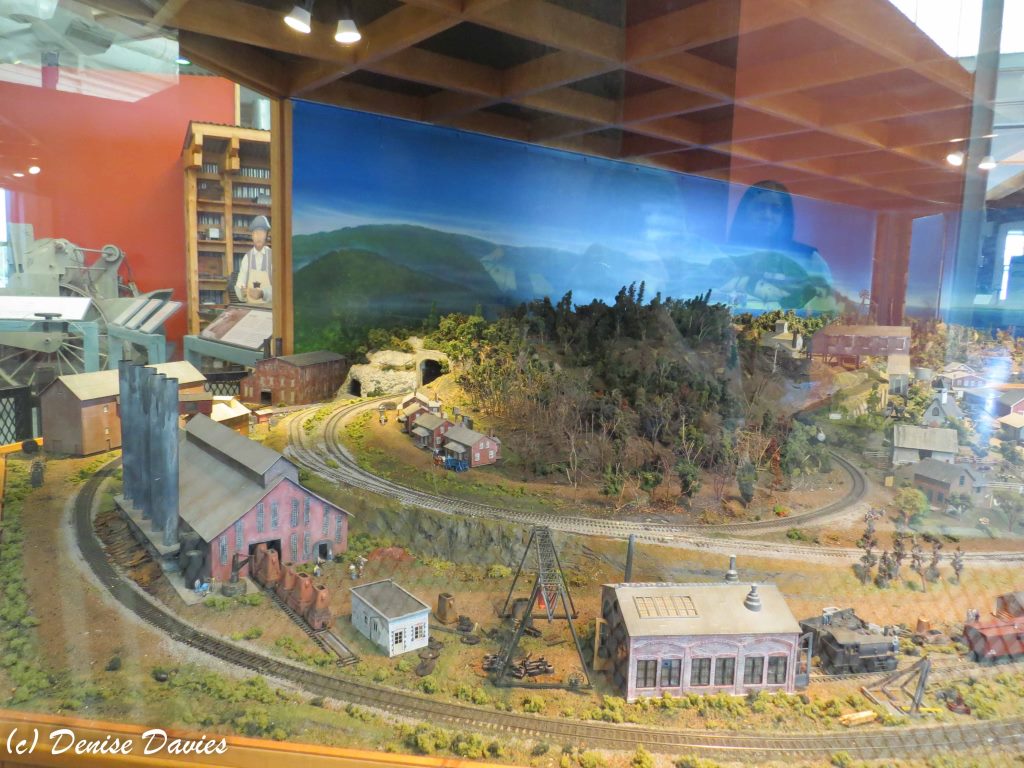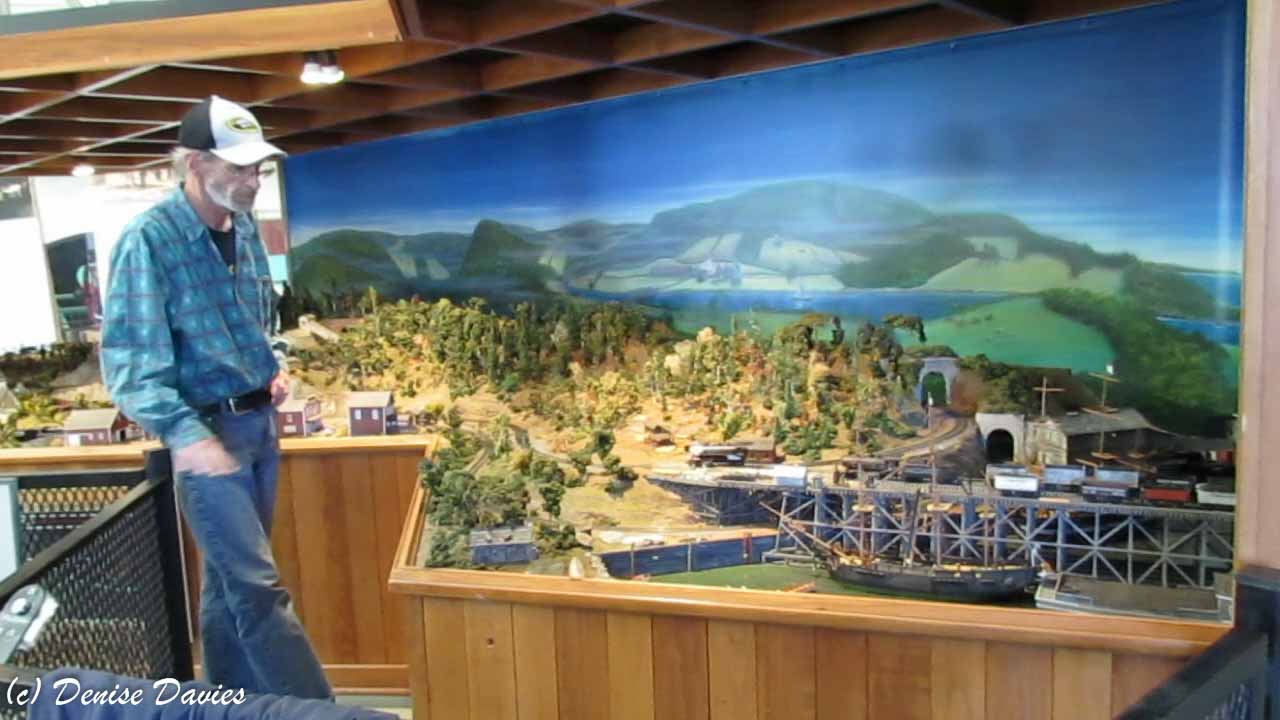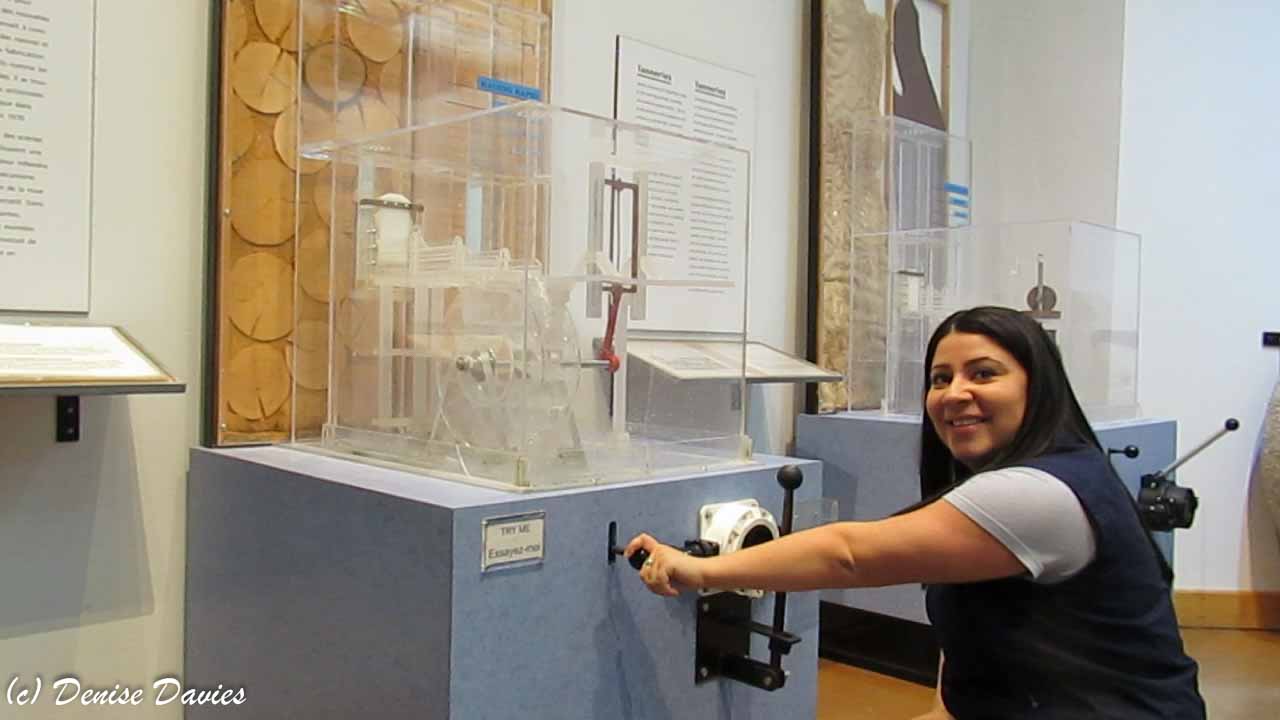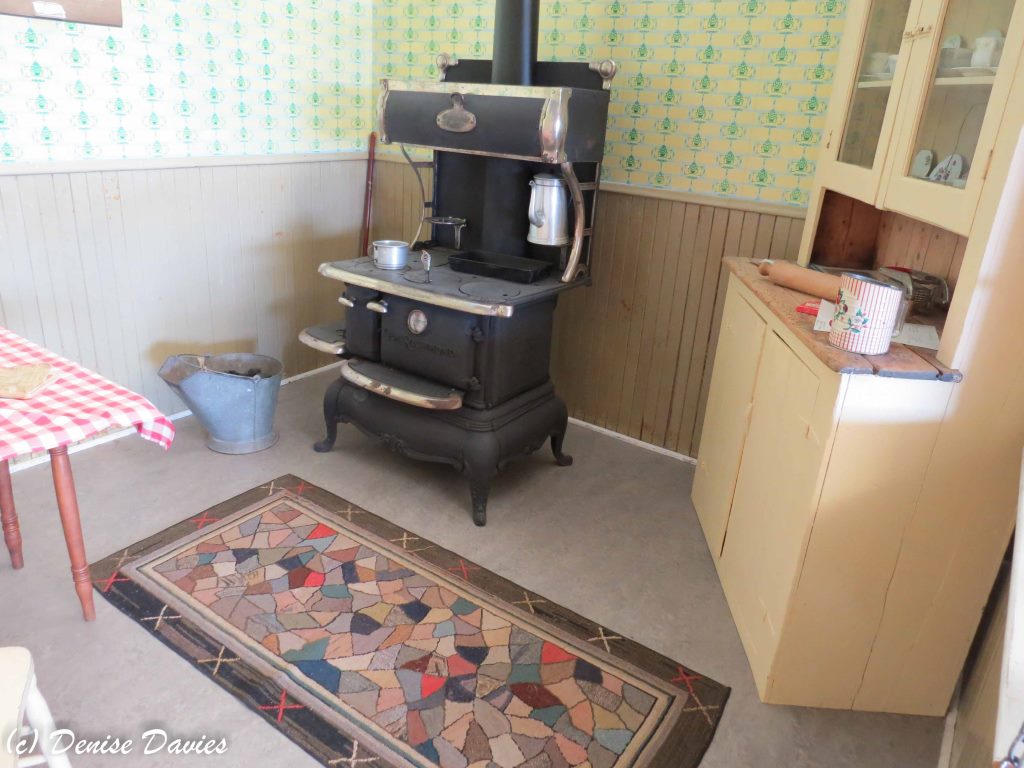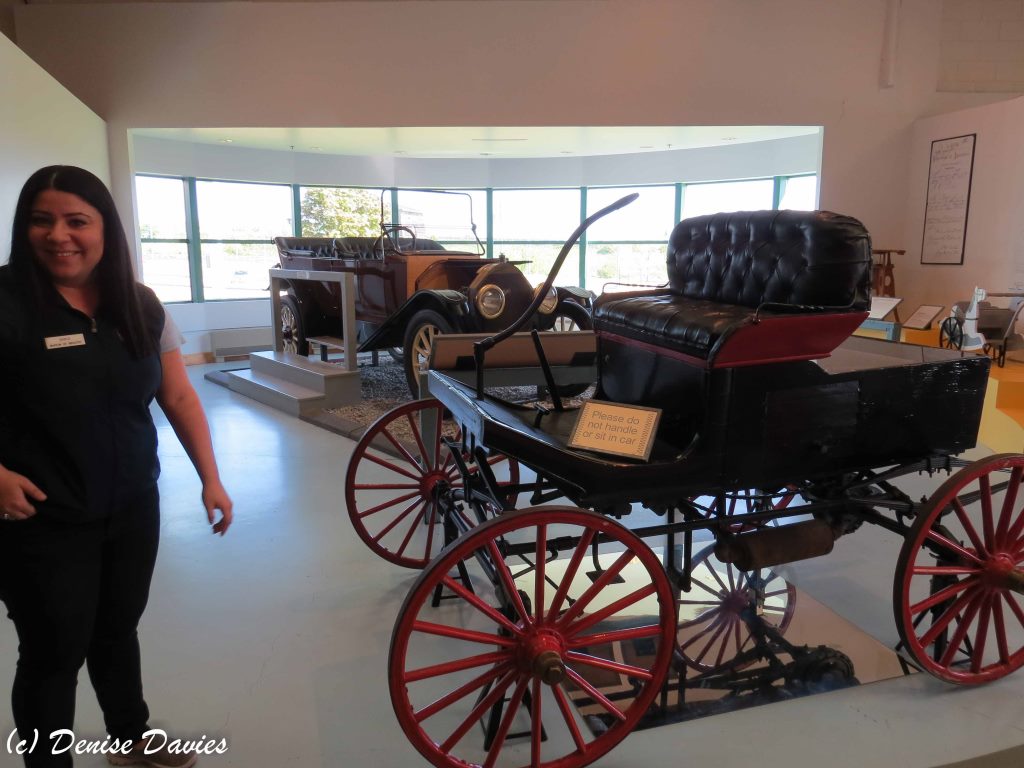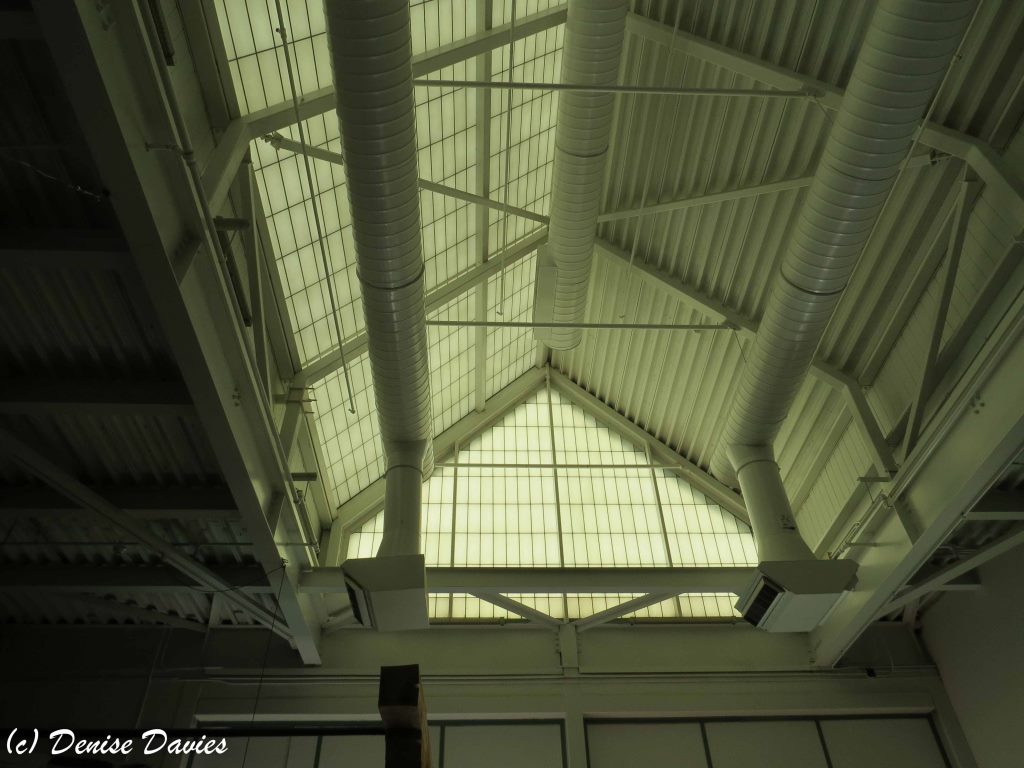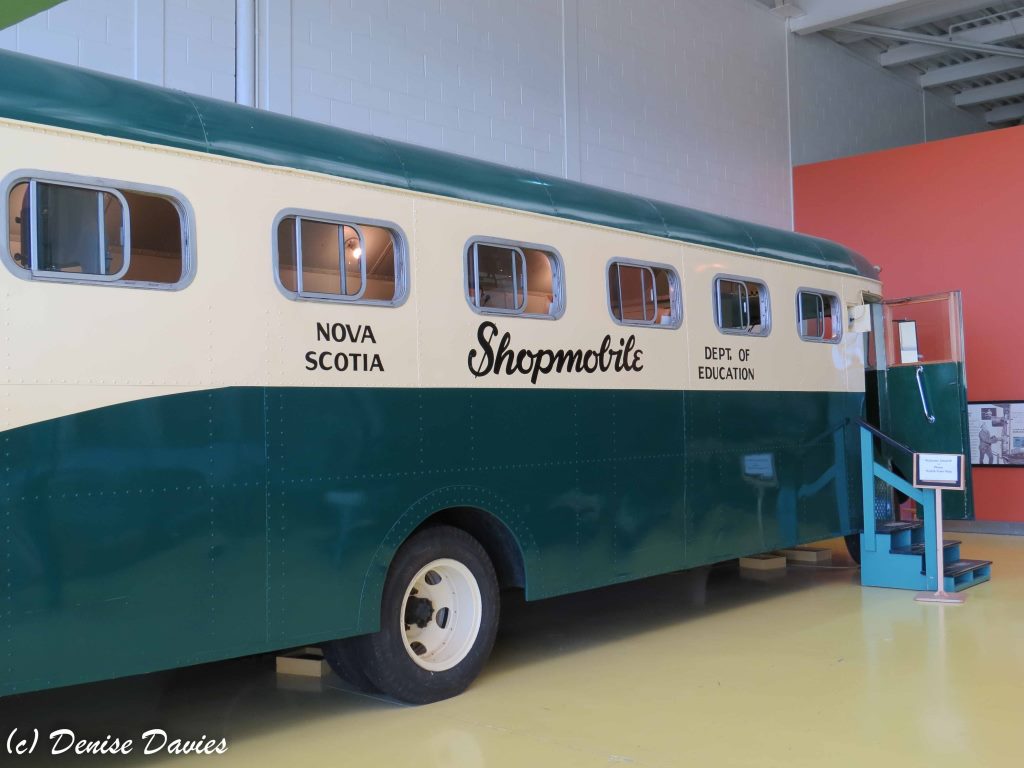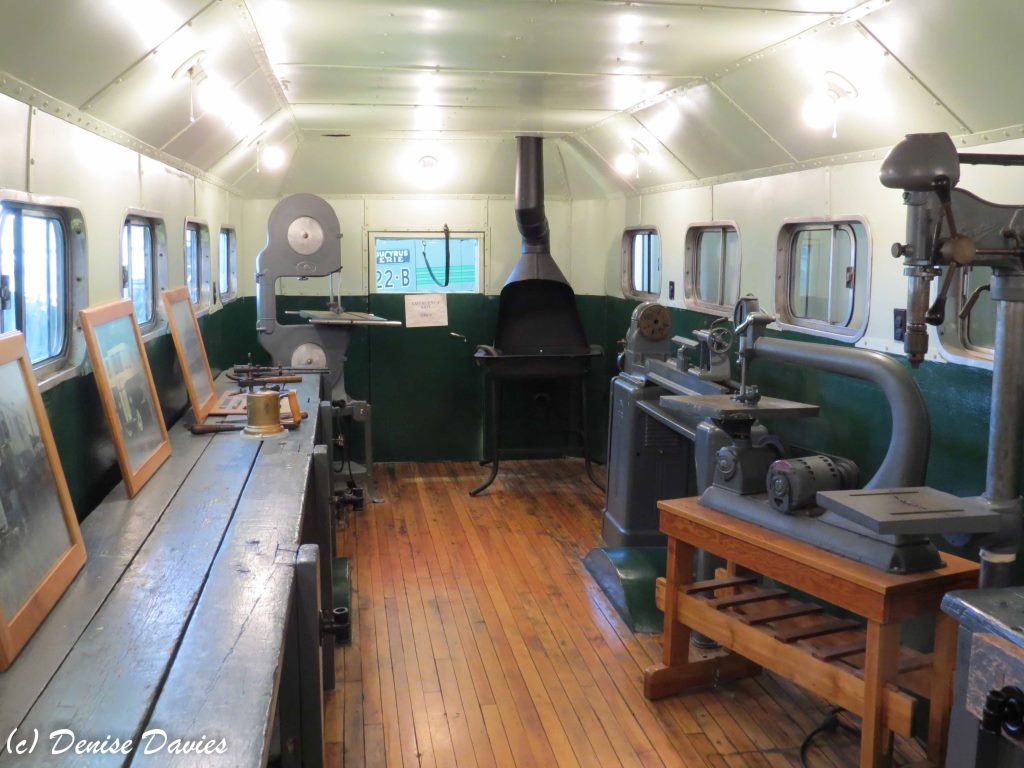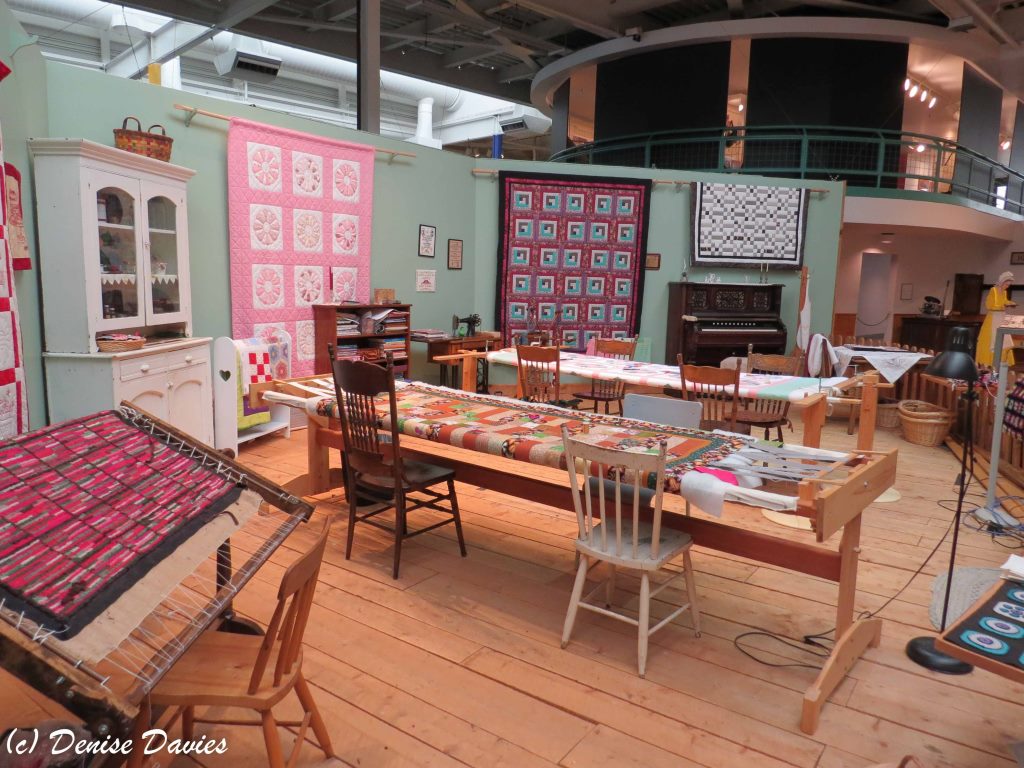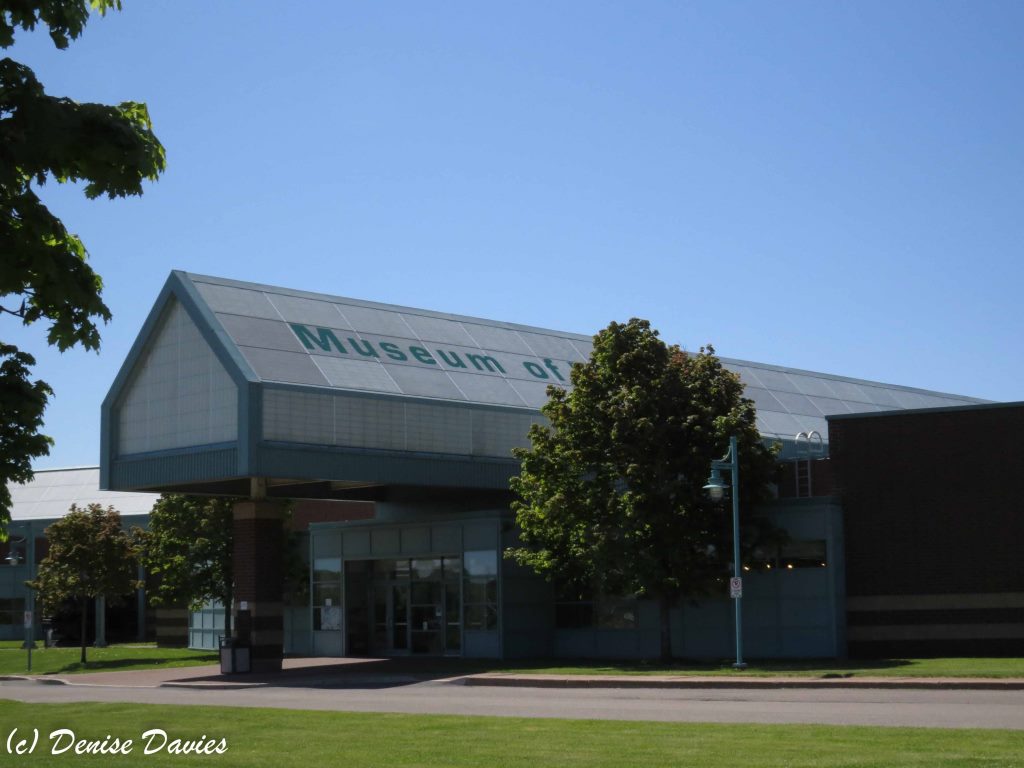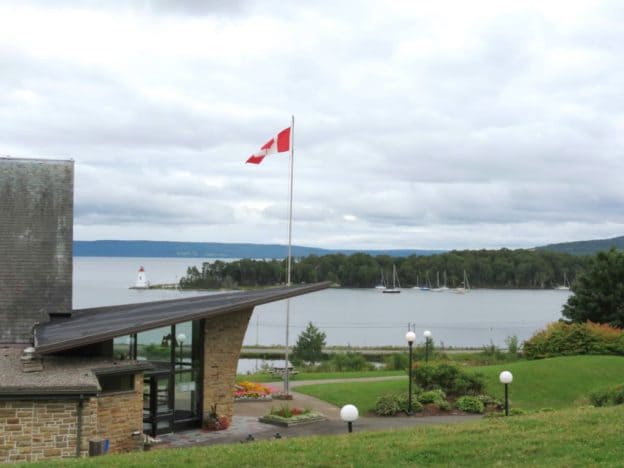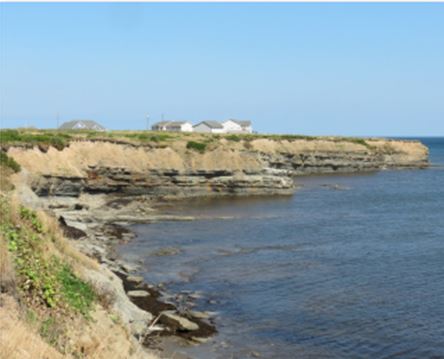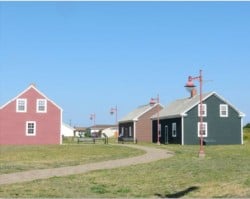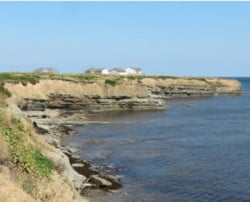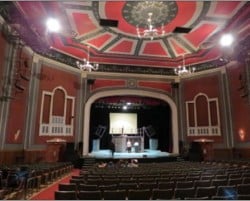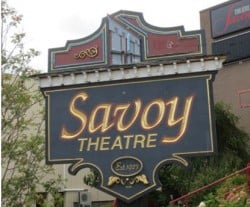Baddeck Village, on the shore of the Bras d’Or Lake in Cape Breton, is rich with land and sea activities for all ages.
Pick up a picnic lunch at the High Wheeler Café and stroll along the wharf and boardwalk. There’s a great selection of restaurants in Baddeck where you can enjoy a lobster dinner, local cuisine and be sure to sample the Scottish Oatcakes. Sip on a Big Spruce beer, a local craft beer produced in Nyanza just 12 km from Baddeck.
Shop for local arts and crafts in the boutiques and gift shops and visit artist studios Michael Keith a painter, Baddeck Yarns, and the Water’s Edge Gallery of Fine Arts and Crafts.
Explore the historic buildings including St. Mark’s Masonic Lodge, Telegraph House, St. Peter’s and St. John’s Anglican Church, Victoria County Court House and the many stately homes along the tree lined streets.
-
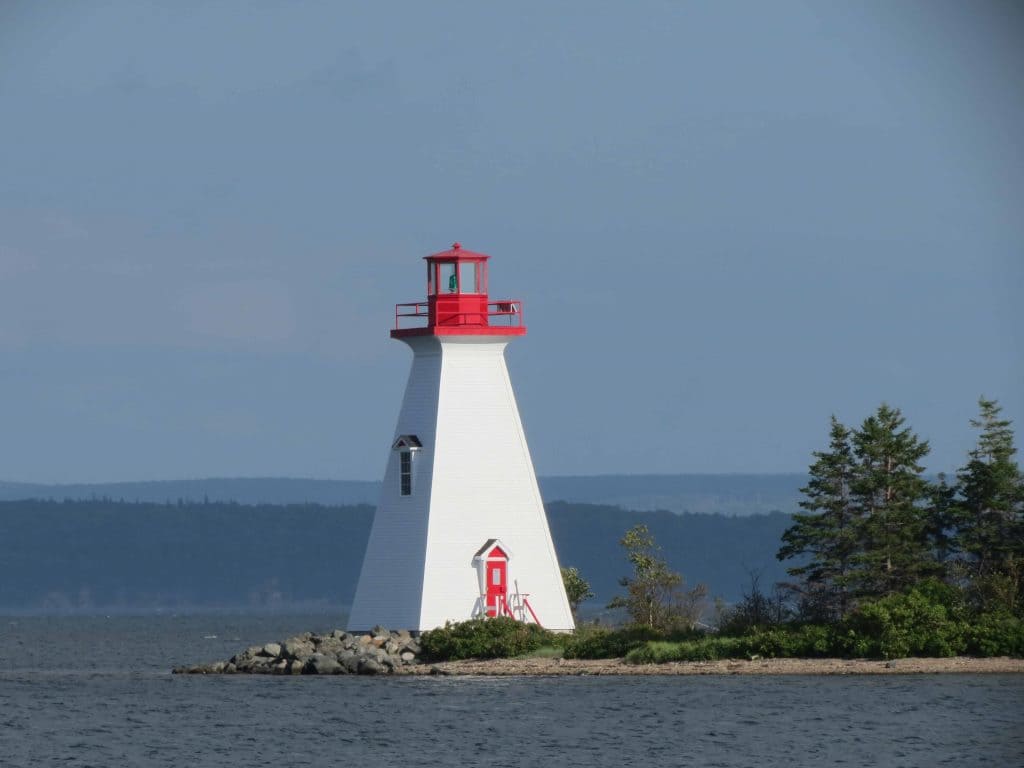
-
Kidston Island Lighthouse. Baddeck
-
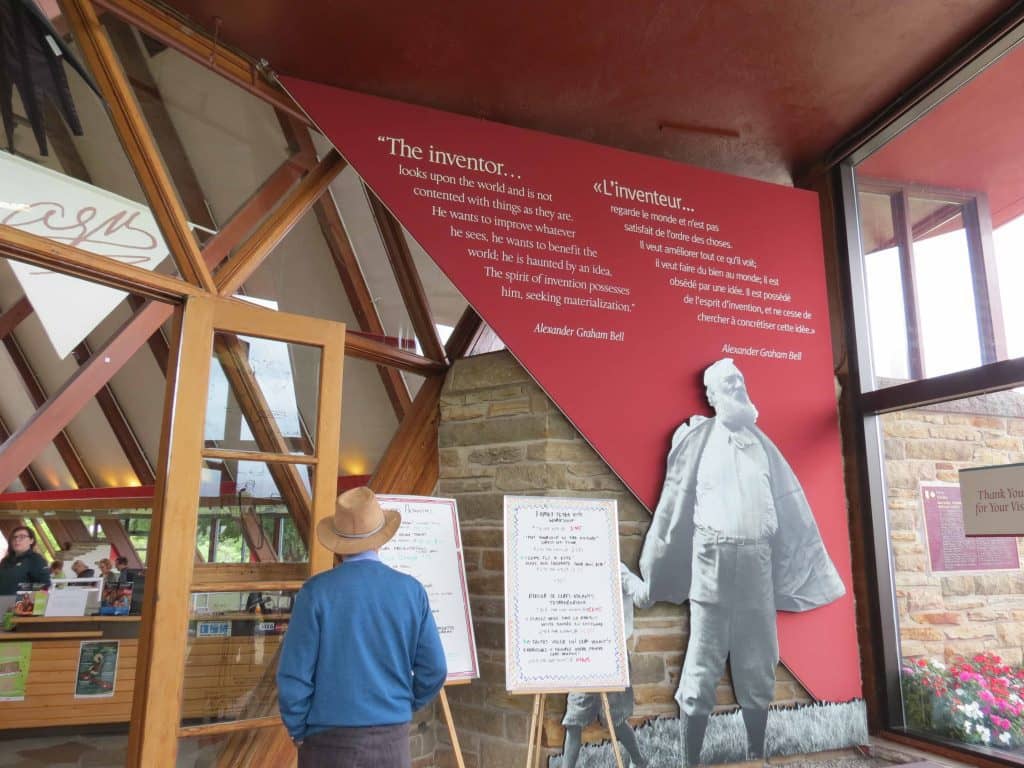
-
Alexander Graham-Bell Museum, Baddeck
-
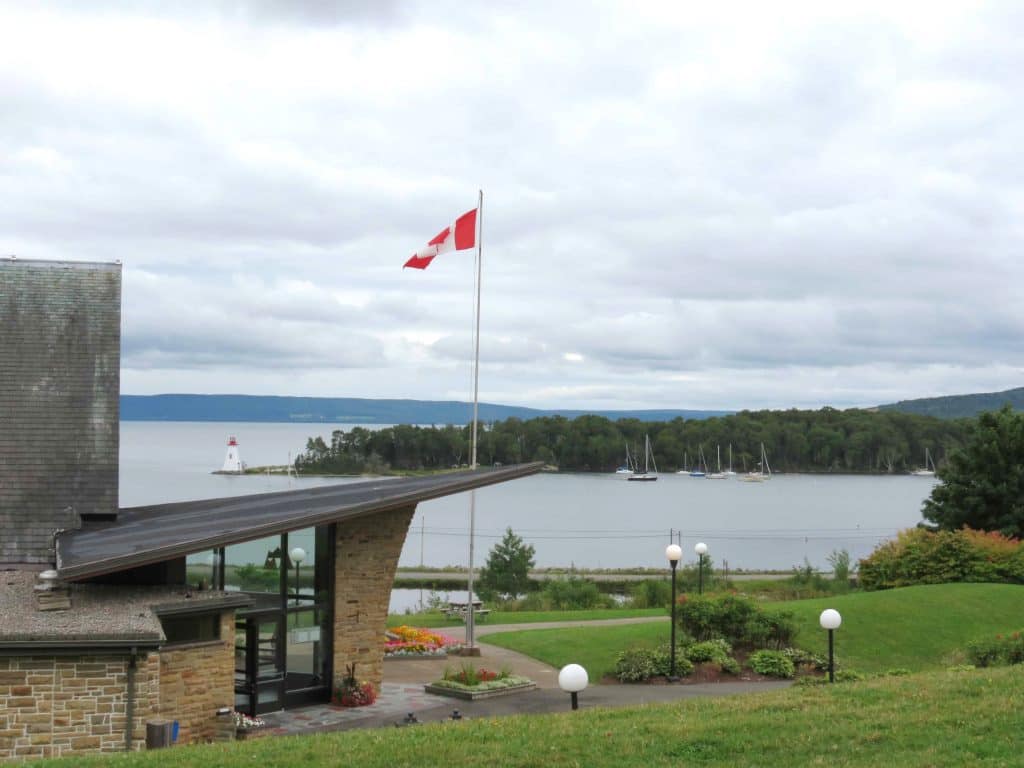
-
Alexander Graham-Bell Museum, Baddeck
-
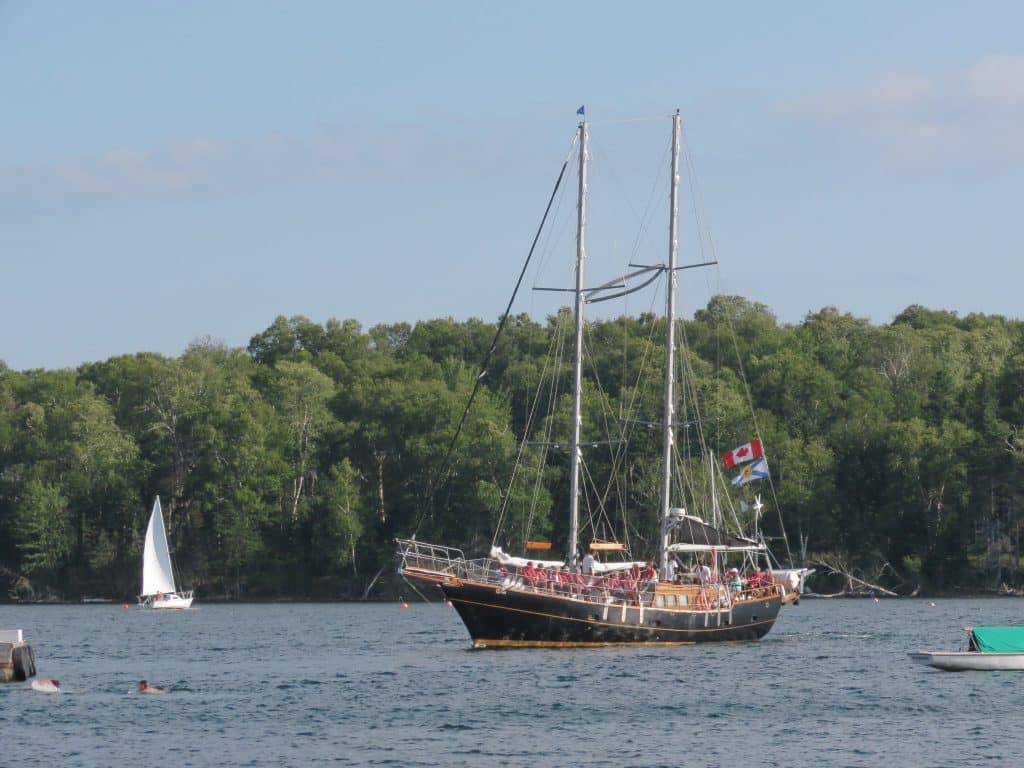
-
The Amoeba schooner sailing on the Bras d’Or Lake. Baddeck
-

-
Highwheeler Cafe, Baddeck
-
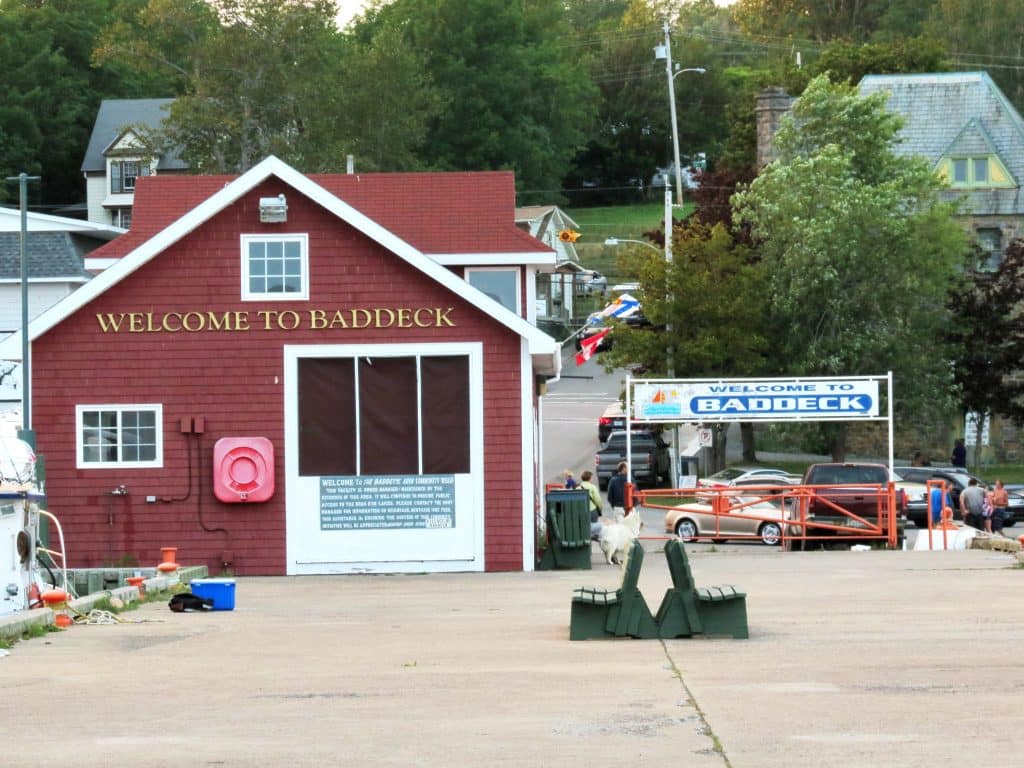
-
Baddeck Wharf
-
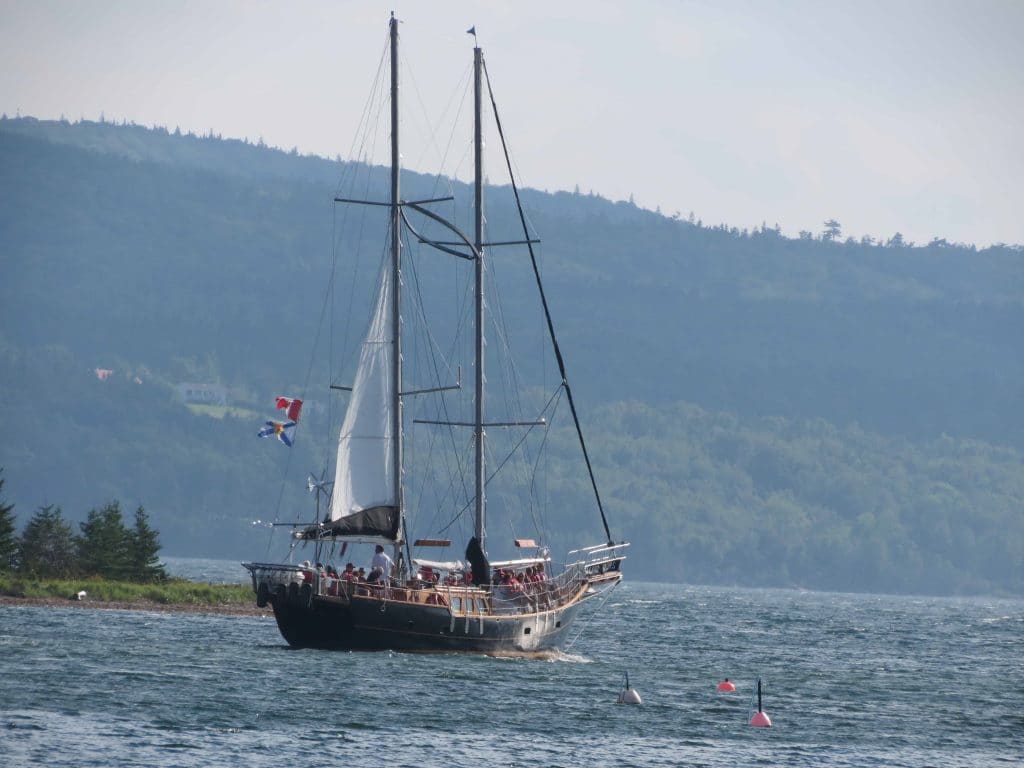
-
The Amoeba schooner sailing on the Bras d’Or Lake. Baddeck
-
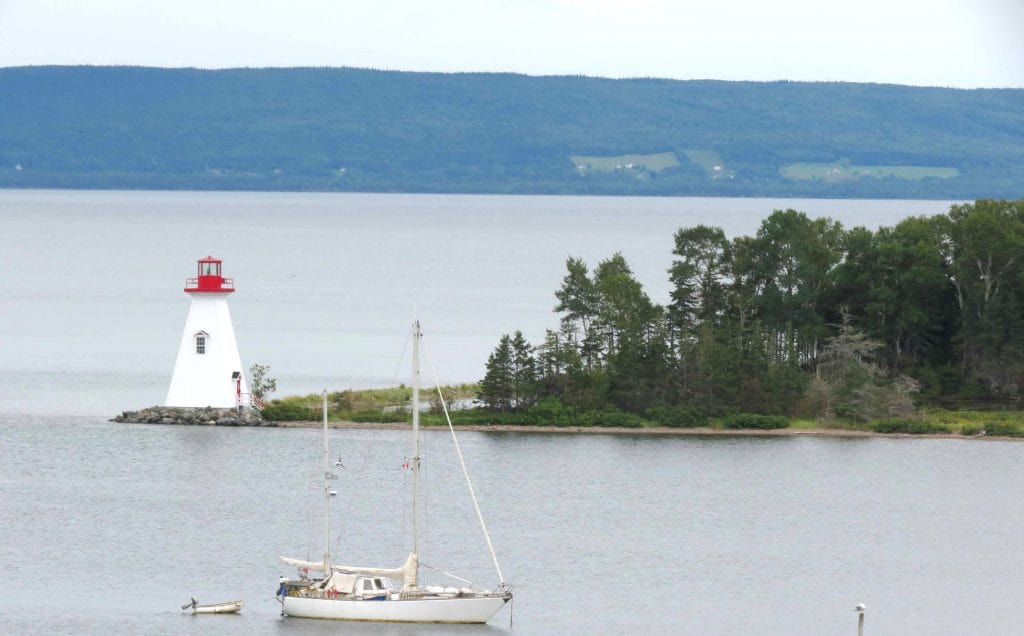
-
View of Kidston Island from Alexander Graham Bell Museum
The Bras d’Or Lake is a large Inland sea connected to the North Atlantic by several natural channels and the St. Peters Lock Canal at the southern tip of the lake. It stretches 100 x 50Km in the centre of Cape Breton Island with a tidal mix of salt and fresh water. It is a boater’s paradise and a rich environment for wildlife and fishing. The Bras d’Or Lake is now designated as a UNESCO Biosphere Reserve which is an area in the world which is deemed to demonstrate a “balanced relationship between humans and the biosphere”. Visit the special exhibit at the Alexander Graham Bell Museum.
In 1885 Alexander and Mable Bell fell in love with Baddeck and made it their summer home. Alexander flew his Silver Dart airplane here above the frozen lake, the first flight in the British Empire. Explore his many scientific inventions at the Alexander Graham Bell Museum. “Discover” activities for children and “White glove tours” of the exhibits, kite flying and experiments are some of the hands on activities at the museum.
Enjoy a sail on the Amoeba schooner and look for bald headed eagles and their nests, view the Bell’s house Beinn Bhreagh, the Alexander Graham Bell Museum, the rolling hills and shoreline of the Bras d’Or Lake with its coves and islands and the Spectacle Island bird sanctuary, home of a large cormorant colony. (June 1 – Oct 15)
In the summer months head over on the ferry to Kidston Island and enjoy the beach, stroll around the island and visit the light house.
For the sports fishing enthusiast there are rainbow trout (steelhead), speckled trout, brown trout, smelt, gaspereaux, cod, flounder, mackerel, herring, lobster, and rock crab. Licenses and guides are available from the NS Department of Fisheries and Aquaculture.
Go hiking to Uisge Bàn Falls, 14.5 Km from Baddeck the trail follows cliff tops along the North River through hardwood forests to a lovely waterfall in a granite gorge.
North River Kayak tours are available for experienced and novice kayakers and have salt-water tours.
Or take in a round of golf at the 18 hole Bell Bay Golf Club with dramatic views. Enjoy lunch at Alexander’s Dining Room, open to all.
[huge_it_maps id=”3″]
Baddeck is 57 min (87.4 km) via Trans-Canada Hwy from the Canso Causeway.
This article originally appeared in The Casket, July 25, 2016



